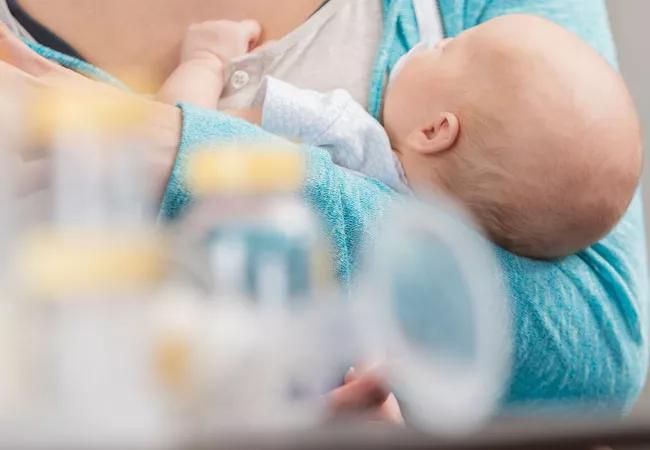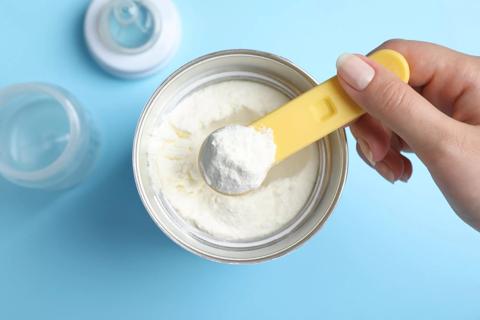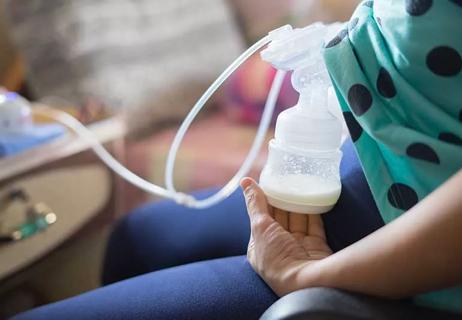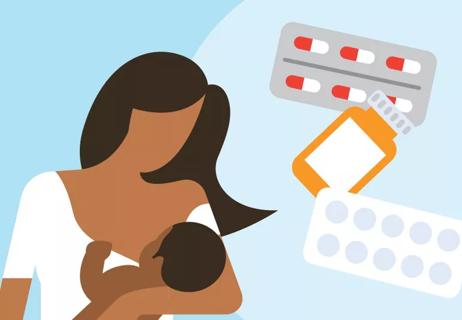Breast pain and swelling can indicate this frustrating infection

If you’re a new mom, you might expect some discomfort and engorgement in your breasts as you first start breastfeeding. It’s a big change for your body, after all, and your baby may take some time to learn how to latch on properly.
Advertisement
Cleveland Clinic is a non-profit academic medical center. Advertising on our site helps support our mission. We do not endorse non-Cleveland Clinic products or services. Policy
But sometimes it’s more than that.
One of your breasts might feel like it’s burning. It looks swollen and red, and it’s hard and warm to the touch. And you feel completely run down, like you do when you’re coming down with the flu.
“Usually it’s pretty rapid onset – a woman might feel OK one day and then the next day she feels like she just got hit by a bus,” explains breast surgeon Ashley Simpson, DO.
Sound familiar? If it does, you’re not alone. Mastitis is a relatively common breast infection that most often occurs in new moms who are breastfeeding.
Trapped milk or a blockage in the milk-carrying ducts that lead from the mammary glands, where milk is produced, to the nipple can cause a buildup of milk that leads to an infection. This can occur if the breast doesn’t empty completely, perhaps because a baby doesn’t latch properly or prefers one breast over the other.
A breastfeeding woman can also get mastitis if bacteria, usually from her baby’s mouth, gets into a duct in the breast through a crack in the nipple or areola.
It’s less common, but women who aren’t breastfeeding can get it, too. “Anyone who has had trauma or chafing to the nipple that creates an open environment from the outside to the ducts, including a nipple piercing, can develop mastitis and inflammation of the breast,” Dr. Simpson says.
Advertisement
Anyone who smokes or has diabetes can be especially prone to breast infections, she adds.
Most infections clear up without complication, but Dr. Simpson urges women who experience mastitis symptoms to be promptly evaluated by a physician.
Very rarely, similar symptoms like rapid onset of redness, swelling and warmth in the breast could indicate inflammatory breast cancer. Or, the mastitis could progress into a collection of pus that forms under the skin called an abscess that may need to be drained.
But, most often, a doctor can prescription an antibiotic that will help clear the infection.
Dr. Simpson also recommends:
Typically, a woman should start to see improvement in her symptoms within 48 hours of starting antibiotics. If that’s not the case, Dr. Simpson suggests seeing a breast specialist.
With antibiotics and continued nursing, Dr. Simpson says, she should be back on her A-game in about a week and able to refocus her attention on taking the best possible care of her new addition.
Advertisement
Learn more about our editorial process.
Advertisement

When breastfeeding doesn’t go as planned, you may need to supplement with formula or donor breast milk — and that’s OK

Breastfeeding supplements can be a needless expense at best, and risky at worst

Typically, milk comes in a few days after birth and regulates around four weeks after delivery

From the football hold to the cradle hold, consider trying a variety of techniques

Gentle massaging, lying on your side and hand-expressing a little milk can help

Get your milk flowing by getting comfy, releasing stress and focusing on your baby

Popular myth says breastfeeding prevents pregnancy, but that’s not the whole story

With some exceptions, most are OK

Type 2 diabetes isn’t inevitable with these dietary changes

Applying a hot or cold compress can help with pain